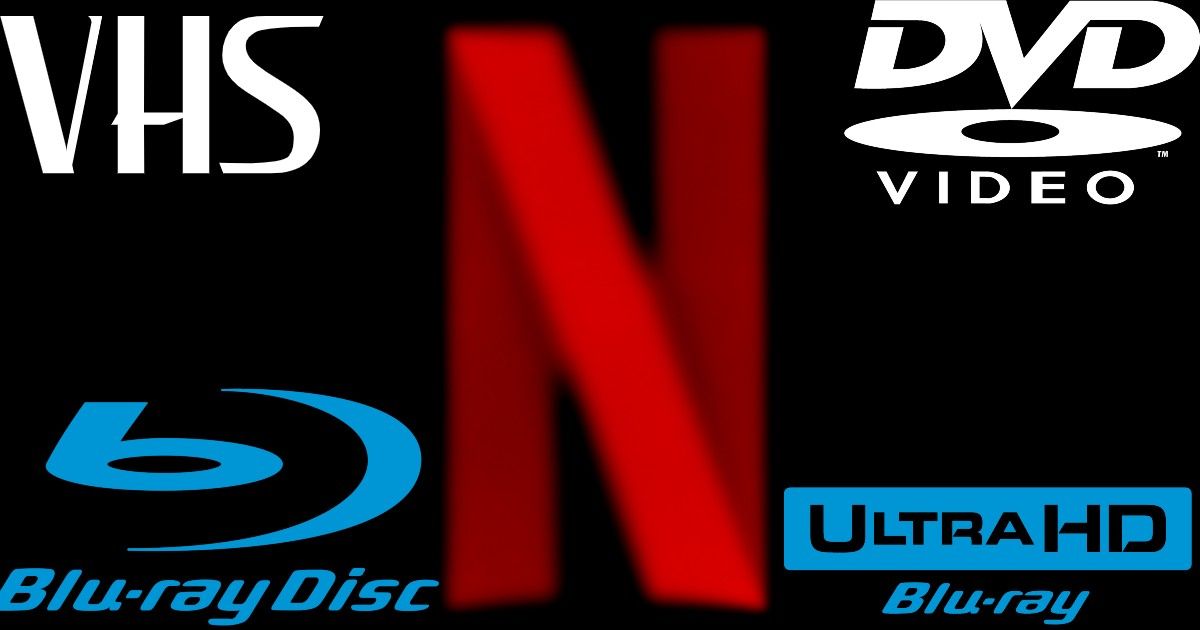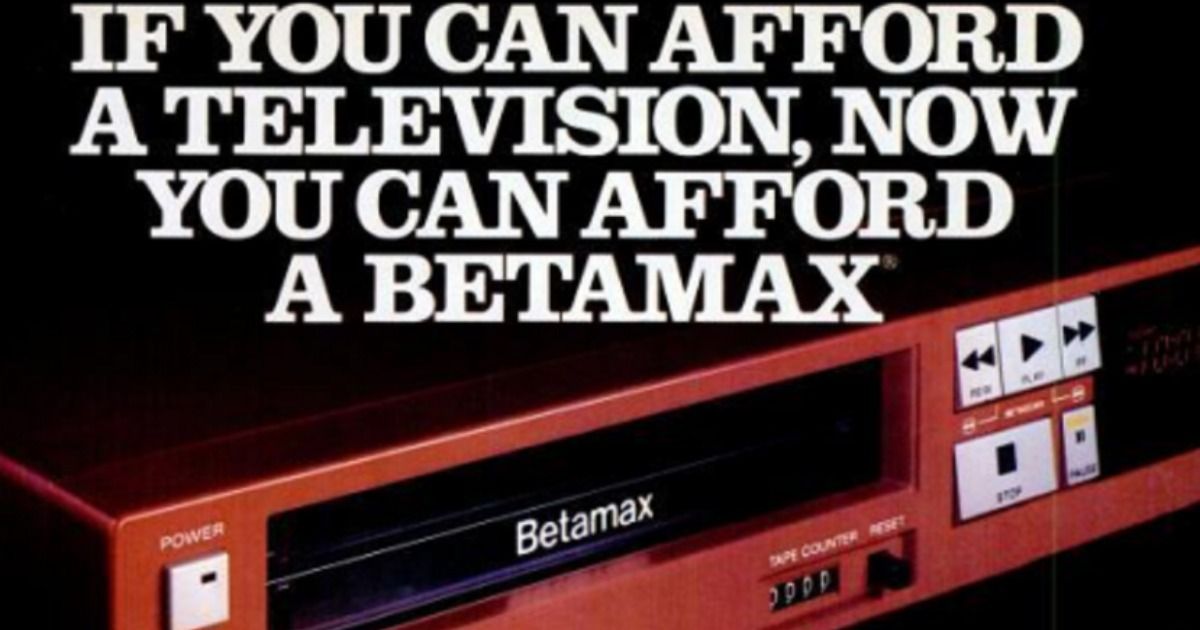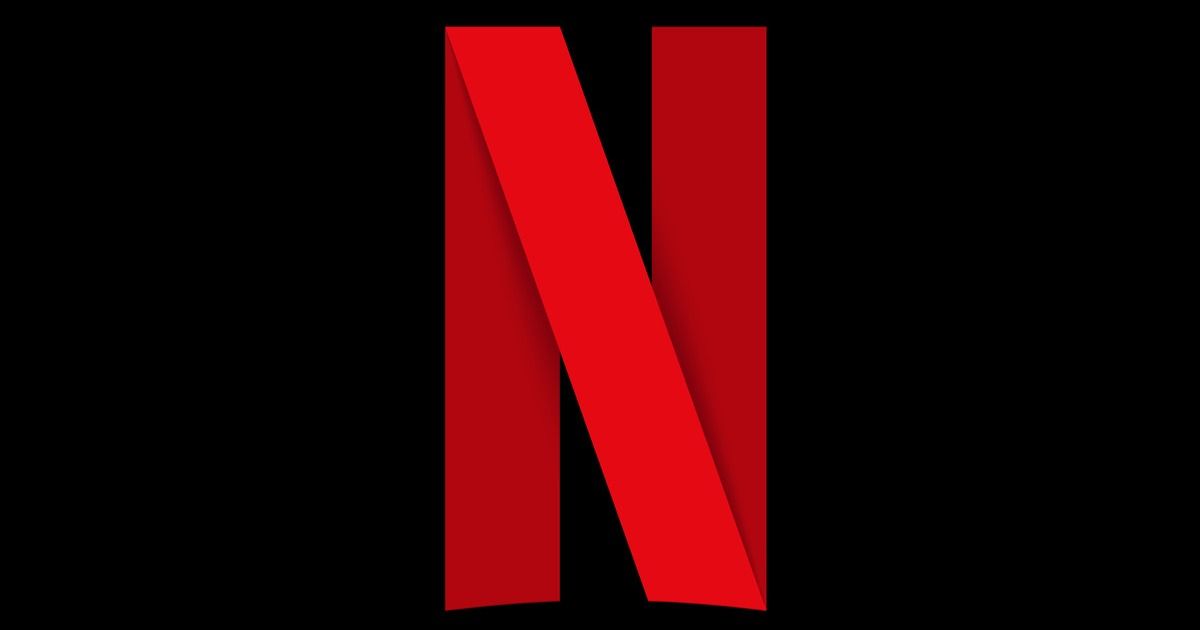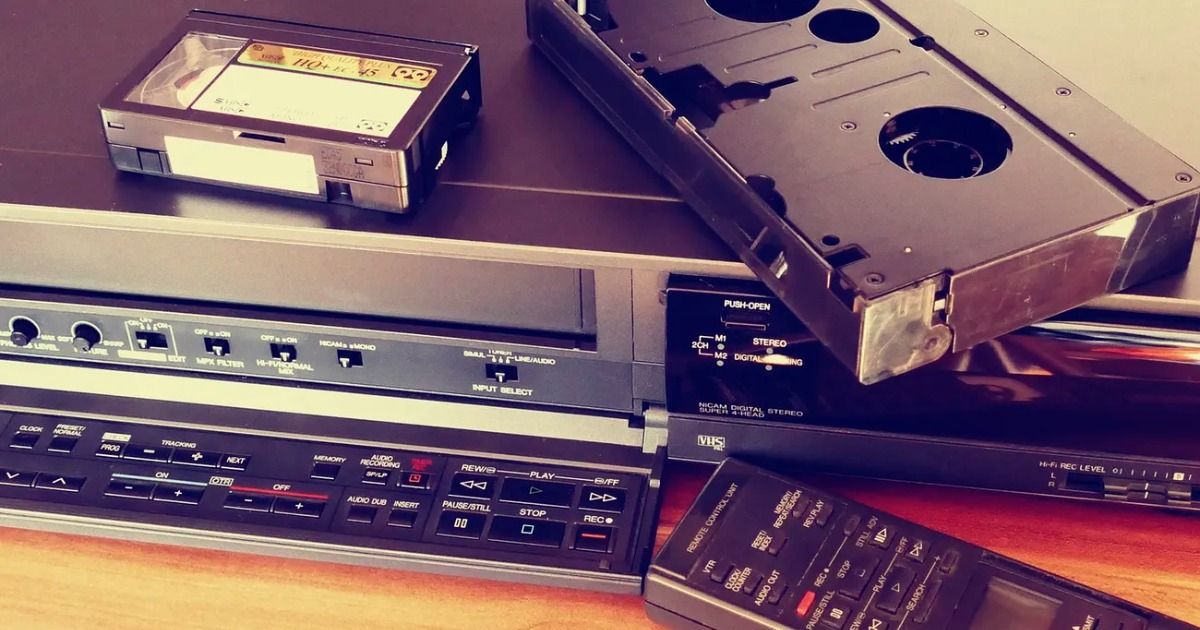As the movie industry has evolved, so has the concept of home media. At one point, the idea of watching a favorite movie at home was a novelty. Now, thousands of movies are available to fans at the push of a button. Streaming has certainly made watching movies and TV shows much more convenient. So much so, that many think the idea of going out and buying a physical copy is silly and a waste of money. There is a large group of fans who says otherwise. In the eyes of many, physical media is practically extinct. However, the collection and viewing of physical media is still very much alive, but why? There are a number of reasons why physical media isn't as dead as many are led to believe.
Movie studios adapt to the times. Now, most heavy hitters have their own streaming services to showcase their films. To help sell their services, they don't advertise their physical releases as much. A lot of them would rather have fans think the only way to see their movies are on their streaming sites. Physical media still has a valiant fan base who will defend it until the end, and there are several reasons why. To understand just how important physical media is, let's look at a brief history of the medium.
Home Media Through The Years
Every movie fan today has enjoyed the luxury of viewing a movie in their home in some capacity. From video stores to streaming, it is hard to imagine a world where this wasn't possible. Indeed, this was once the case, and it wasn't as long ago as one may think. Home media wasn't widely available until the mid to late '70s. Before then, some movies were available on 16 or 8mm film reels for home viewing, however, one would have to be extremely wealthy to even consider this route.
For the casual film fan, they would have to see the film during its original theatrical run or risk not seeing it at all. If the movie was extremely popular, there was the chance a local theater may replay the movie periodically. The best way to see a movie post-theatrical run was by catching it on television. Again this was only reserved for the most popular movies, and fans would have to drop everything to see a highly edited version of the film.
For years, media companies were looking for a way to provide an affordable way for families to enjoy watching movies at home. There were many attempts through the years, but things really began taking shape in 1975. Sony would introduce the Betamax, a cassette tape that could contain movies. These tapes could only be rented at first. Studios that allowed their films to be shown on Betamax believed that consumers would only want to rent the movies. However, once the machines became more and more affordable, it was clear that things would have to change. Soon, films would be released on Betamax for fans to purchase and own. It was clear studios had a new industry on their hands, and the home media wars would begin.
There were several types of home video that competed for the top, including early disc formats like CED and Laserdisc, which is where the Criterion Collection began to take shape. However, the major two players were Betamax and the VHS tapes. Thanks to the fact that VHS tapes could hold double the runtime as well as having cheaper playback machines, VHS won out. VHS would reign supreme until 2005, when mass production stopped in favor of the DVD.
At one point, home video sales were just as important as box office numbers. As home video evolved, so did the internet. Soon, it was simple to stream feature-length films online, and the era of streaming slowly began to kill the video store. Now, there is no denying that streaming is the dominant way to watch movies at home. The convenience alone makes it all worth it. However, contrary to popular belief, physical media is far from dead. But why is that?
Streaming Woes
As convenient and ideal as streaming is, it isn't without its problems. For starters, it is entirely reliant on the internet. If someone's internet happens to go down, then they are out of luck. If someone can't receive fast enough internet where they live, then they are stuck staring at a buffering wheel as opposed to a movie; around 37% of the global population don't have or use the internet.
With physical media, the internet isn't needed at all. All that is needed is a tape or disc that is in decent shape, and a machine to play it on. Another reason many feel streaming is inferior is the ability to edit. So many movies and tv shows have had content removed or edited in order to please the masses. While sometimes this is due to political correctness, sometimes it seems as if the changes are nonsensical. An example is when Disney made Greedo yell "Maclunkey" right before he is shot by Han in the Disney+ version of Star Wars: A New Hope. This random line isn't present in any other version, and it seems as if it was added for no reason. Disney+ has made edits to a lot more than this.
Streaming services being able to freely edit movies rubs many consumers the wrong way, which is why they are glad their physical movies can't be edited. Now, there are countless streaming services and that number seems to only grow. Studios can choose where their films are streamed, meaning movies and shows will often shift. Nothing is worse than watching a show, only to have it leave a site before someone can finish watching it. This means that the consumer must shell out even more money for this new site just to finish a show. When The Office left Netflix, fans weren't too keen on signing up for a new site. However, had they bought the show on DVD, they could watch it as often as they want without worrying about it leaving.
Chasing down a movie through several streaming sites can be a costly pain, as titles shift from service to service due to copyright. However, just buying the movie outright on DVD or Blu-ray for one price seems like a much easier idea. Physical copies also tend to include a bevy of extras which aren't available on streaming, from commentaries to behind-the-scenes featurettes. The final reason many fans prefer physical is the ability to watch in 4k. Many streaming sites allow 4k streaming, but flawless, lightning-fast internet is required. Even then, the digital file doesn't look nearly as good as a 4k disc does. Fans paying large amounts for several streaming sites seem nonsensical to some, who prefer to pay once and enjoy a movie or show whenever they please.
Obscure Media
While a vast majority of famous movies are available to stream in some capacity, there are many movies that are only available on home video. There are even some that have never left the VHS format. Most of these movies may not be of the greatest quality, but physical media fans hate that there is an entire world of media that is not widely available. Even some well-known films aren't available to stream, such as George Romero's classic Dawn of the Dead or the David Lynch movies Wild at Heart and Lost Highway. While casual movie fans may not care less about some of these films, die-hard cinephiles want to watch any masterpiece they can get their hands on, the more obscure the better.
Streaming is clearly the top dog when it comes to watching movies at home, and this won't appear to change anytime soon. In fact, there are some movies that are hard to find on physical media and are readily available on streaming. If it wasn't for streaming, the movie industry would have taken a much bigger hit during the pandemic than it did. The truth is, there is no right or wrong way to view movies, but saying that physical media is dead simply isn't true.
Sure, the DVD section in many retail stores has shrunk massively over the last decade or so, and the video store empire has fallen, but fans still manage to buy their favorite movies on the physical media of their choice. Many physical media fans simply prefer to hold a physical item in their hands as opposed to choosing from a digital library. Even physical media in other mediums are still around. Nearly every new album receives a release on vinyl record, as that medium has returned in a huge way.
Is physical media dead? Not in the slightest. There are even several documentaries about VHS collecting, showing that it is more alive than ever. Home media will continue to evolve for the rest of time, that much is sure. At some point, streaming may even become obsolete; technology advances rapidly now and can easily change, though problems with infrastructure or a collapse of the electric grid can wipe it out instantly. However, as long as there are movie fans, physical media will continue to live on.




